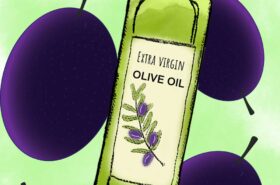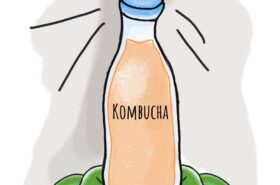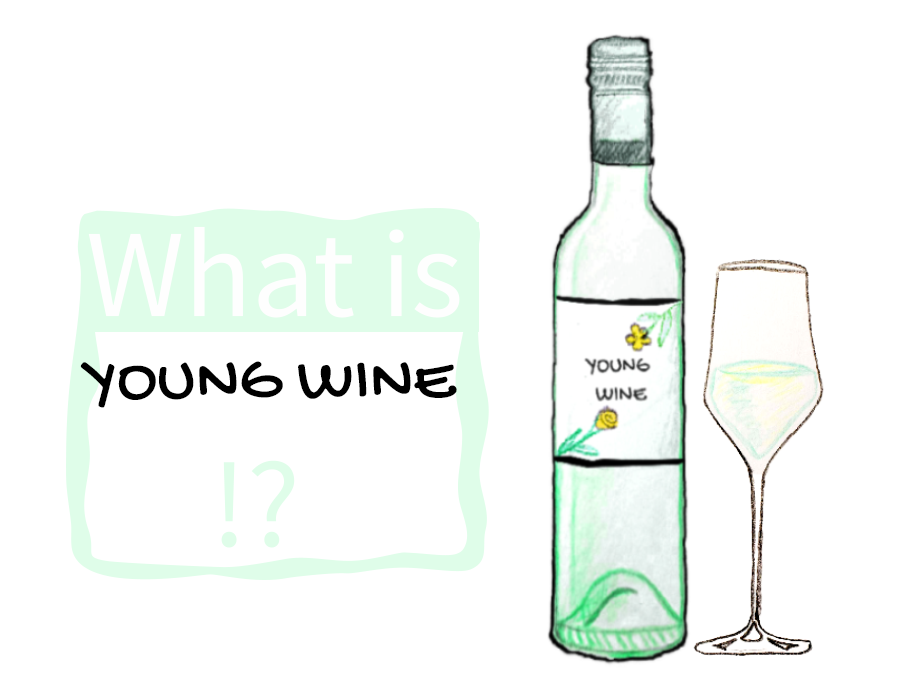
What is young wine?
You sure have seen a Beaujolais or two (who counts, eh?), so you know what red “young” wine is, but did you know that there is also plenty of young white wine? Learn everything about it in our ultimate young wine guide! What is young wine? New to the story? Hold your glasses my friends …
Young wine is the earliest (youngest) wine a winery produces and it’s typically available beginning November, a little earlier than Beaujolais (Beaujolais is traditionally released on the third Thursday of November). It’s mostly light bodied and has the aromatic punch every New World wine drinker desires!
What is special about it?
Wine aroma can be divided in three groups. Primary, secondary and tertiary. Primary aroma is the strong scent of fermenting grape juice, which is detectable for a few months after fermentation is completed. Secondary aroma is the most “well known” wine aroma!
It’s your typical aroma every wine has after being bottled (maybe about 6 months from fermentation). This aroma is longer lasting and can be found in wines for a few years. After that period a wine evolves and produces the classical aging notes which are known as the tertiary aromas of a wine. HUH!!! Now that you know all of this you can enjoy the essence of young wine, that is PRIMARY wine aroma!
What is primary wine aroma?
The wine aroma is always present in the grape juice and is released during the fermentation into the “young wine”. This means that young wine is typically full of fruity aroma normally not present in basic wine bottles. This strong, fruity, punchy aroma is also known as the primary wine aroma.
The best grape varieties used for young wine!
Young wine can be made of one grape variety or produced as a blend. The most suitable grape varieties to produce young wine are those who ripen early like: Pinot Blanc, Pinot Gris, Chardonnay, Sylvaner, Gewürztraminer, Muscat, Sauvignon Blanc, etc.
Very common you will find young wine made of aromatic grapes like Sauvignon Blanc, Traminer or Muscat, because of its attractive aroma early on! Basically, every grape variety can be made into young wine, but most common are the before mentioned, because of the early ripening phase, which secures enough time for the fermentation, filtration and bottling of the young wines.
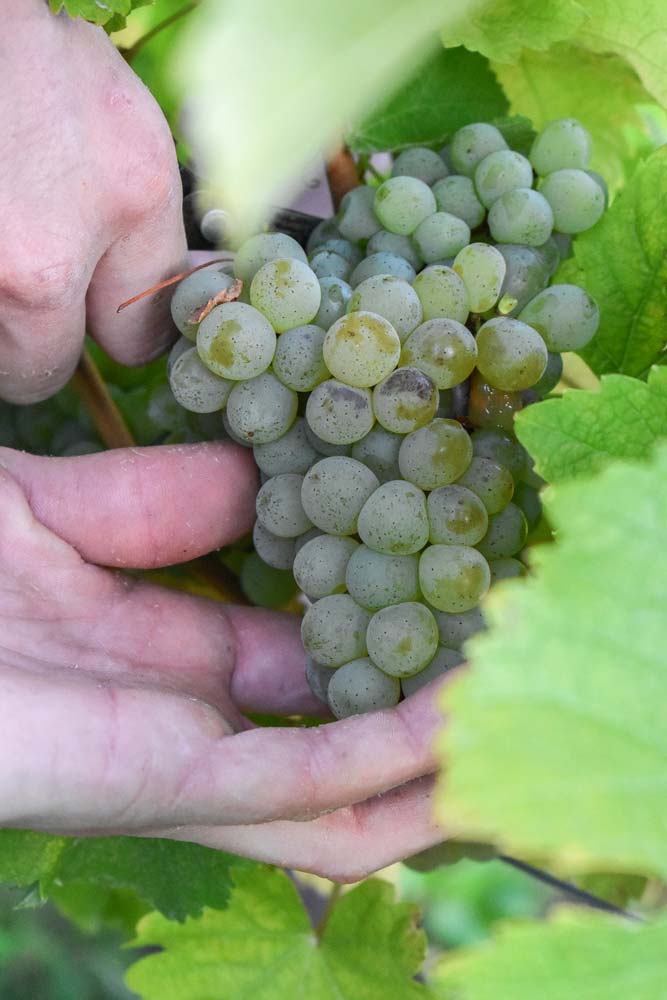
What is the aroma and taste of young wine?
The aroma of young wine mostly depends on the grape variety, but their intensity is unique to all wines. The most prevalent aroma is juicy green apple, lemon zest, fresh cut grass, intense peach and tropical note aroma. The taste is very fruity and juicy with excellent, vibrant acidity, mostly dry and light on the alcohol (11-12.5 alc. %).
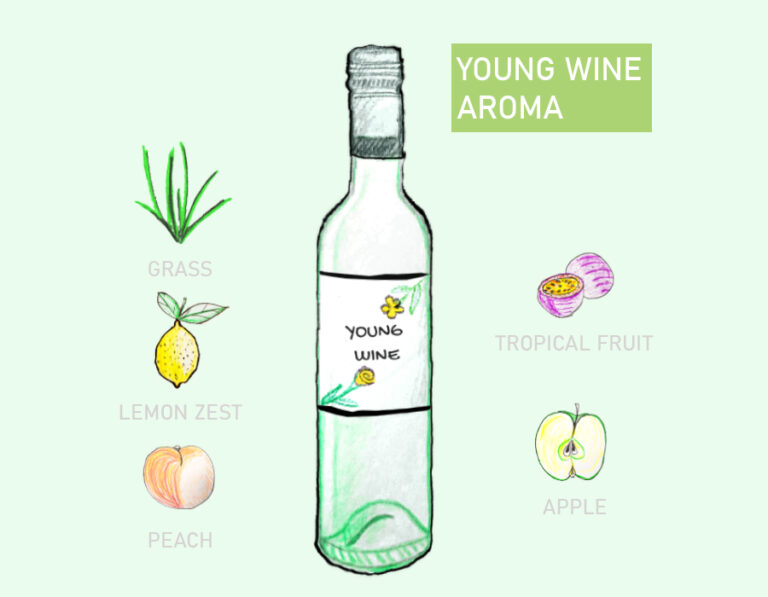
How is it made?
Young wine is picked very early, pressed and fermented at lower temperatures just like basic wine. The fermentation lasts about 6 weeks (depending on variety, sugar and must characteristics), after fermentation is completed, the wine is settled for another 1-2 weeks. The young wine at this time is still very cloudy and unstable. Therefore the wine is fined and filtered. After filtration the wine has a nice pale green color and can be bottled!
What are the best regions?
Young wine is made across Europe, most notably in France, Austria, Croatia, Slovenia and Germany. In Austria it’s called Junker and specific for the Styria region, in Croatia it’s called Mlado and you can find it in the Međimurje region.
